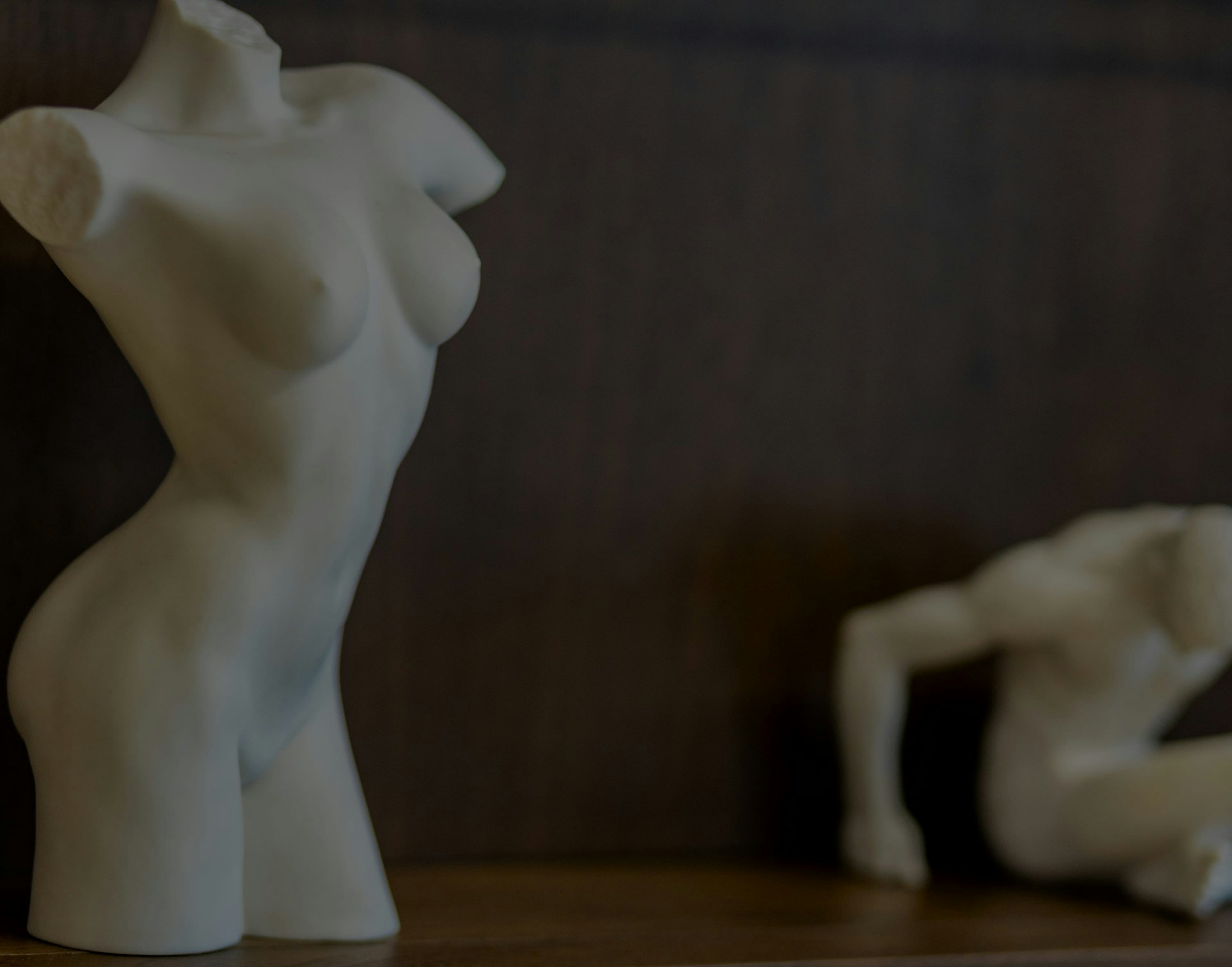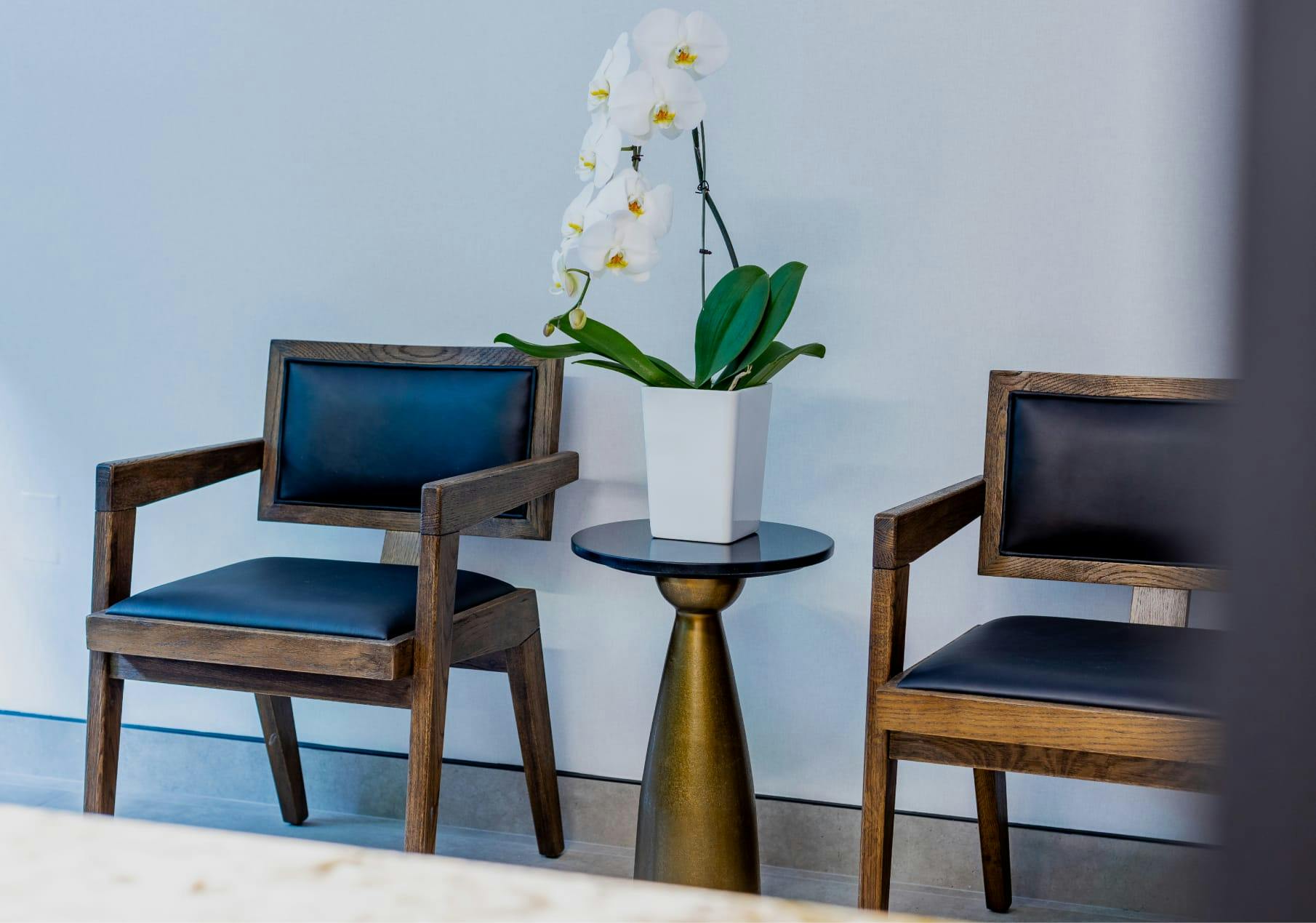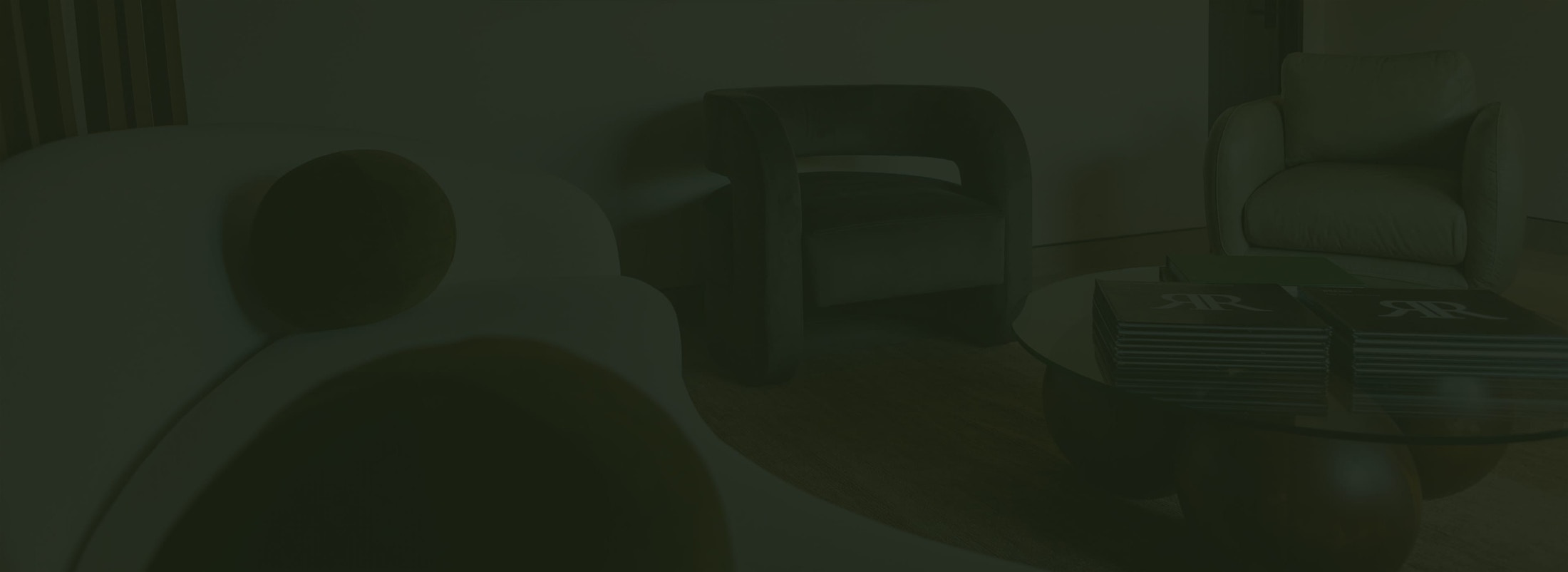When considering plastic surgery, particularly rhinoplasty, most people focus on the immediate results. However, it's equally important to think about the long-term outcomes. How does a rhinoplasty hold up over time? Does it "age" with the rest of your face? Rhinoplasty, in particular, requires careful consideration of its effects as we grow older. Surgery fundamentally alters the nose's structure, setting in motion changes that are inevitable as time passes.
What Changes Can You Expect in a Rhinoplasty Over Time?
It’s important to understand that rhinoplasty results evolve as time passes. Immediately after surgery, your nose will be swollen, and this swelling gradually subsides over the following months. As the swelling diminishes, scar tissue begins to form, marking the initial structural changes in your nose’s foundation.
The surgical process itself initiates the nose’s aging journey. While most people are prepared for the short-term healing process, fewer anticipate how their rhinoplasty might change 5 or 10 years down the line. Recognizing these potential long-term changes is crucial to making an informed decision about your procedure.











